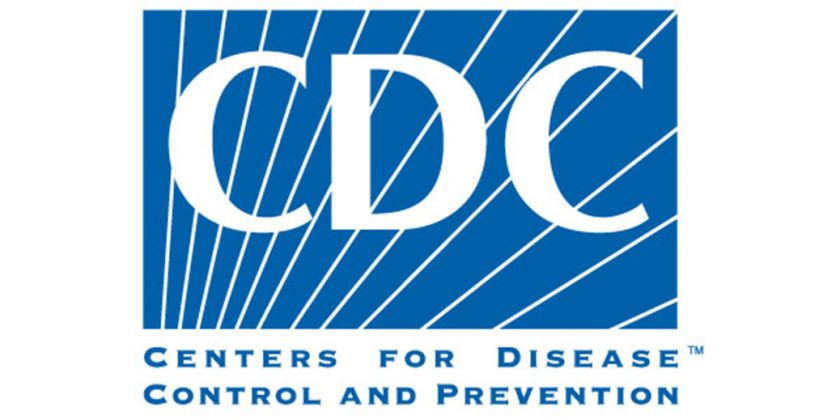The Centers for Disease Control and Prevention (CDC) is releasing two new reports in Morbidity and Mortality Weekly Report that provide important insights on the health and well-being of children and adolescents during the COVID-19 pandemic.
The first report looked at pediatric emergency department visits. The study found that overall pediatric emergency department visits decreased in 2020, 2021, and in January 2022 compared with visits in 2019, while COVID-19-related emergency department visits increased across all pandemic years and among pediatric age groups. There were also increases in the weekly number and proportion of emergency department visits for certain types of injuries, some chronic diseases, and visits related to behavioral health concerns, especially among older children (5–11 years) and adolescents (12–17 years). Factors affecting caregivers during the pandemic, including unavailable or unpredictable childcare, illness, financial hardship, and mental health concerns, might increase a child’s vulnerabilities. Loss of a parent or caregiver, increases in other challenges, and disruptions in daily routine due to the COVID-19 pandemic might have also increased a child’s behavioral health concerns and unhealthy coping behaviors.
The second report examined changes in pediatric emergency department visits for mental health conditions and found that adolescent girls (12–17 years) accounted for the largest increases in the number and proportion of emergency department visits for mental health conditions in 2020, 2021, and in January 2022 compared with 2019. Weekly visits for eating and tic disorders increased for females, and particularly adolescent females (12–17 years), during 2020, 2021, and in January 2022. The highly complex nature of individual experiences makes it difficult to identify a single reason for changes in mental health conditions during the pandemic. While extended time at home could increase familial support for some youth, it may have increased challenges and stressors among others. These factors, as well as other pandemic-related stressors that impact families (e.g., increases in parental mental health problems, parental substance use, financial strain, and loss of a parent or caregiver), could have created or increased the risk for mental health conditions.
Early identification and expanded evidence-based prevention and intervention strategies are critical to improving children’s mental health, especially among adolescent females who might have increased need. CDC recommends increased awareness for health concerns among children and adolescents that could arise due to delayed medical care and heightened emotional distress.




